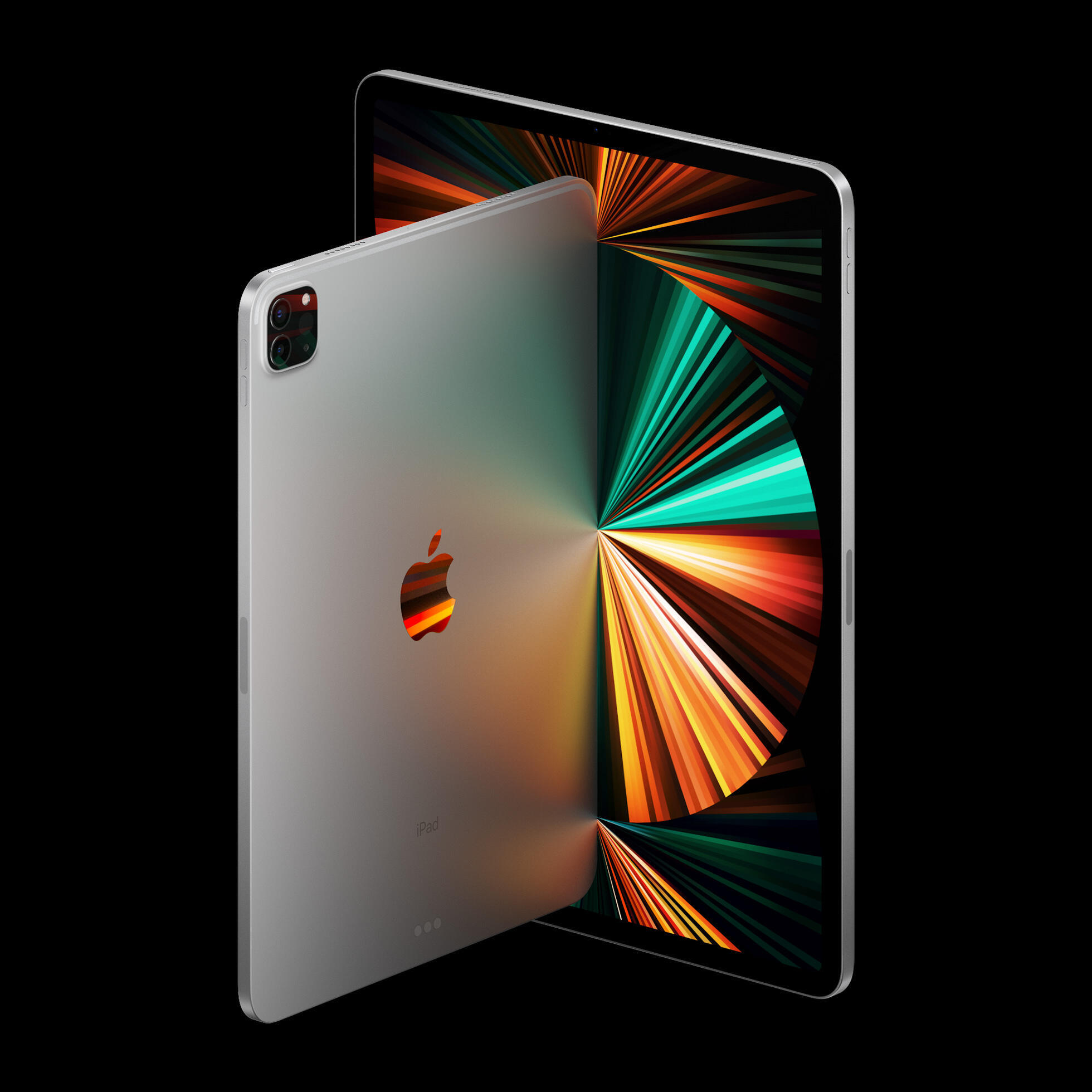Apple’s iPad Pros are now powered by the same chips as MacBooks. Replacing a laptop with a tablet, subsequently, has never been easier. Here are five tips for getting such a migration right.

Image: Apple
There’s no more debating whether an iPad can replace a laptop. With two models of iPads—both an 11-inch and a 12.9-inch version—running the same Apple Silicon M1 processor as Apple’s MacBook Airs and MacBook Pros, there’s no longer any question.
Apple’s M1-powered iPad Pros are legitimate machines. With up to 2TB of storage, 5G connectivity, Liquid Retina touch-screen displays and studio-quality microphones paired with four speakers to assist voice conferencing, the new tablets are technological beasts. Notably, these iPads are powered by the M1 chip packing 8 CPU cores, 8 graphics cores and a 16-core neural engine. In short, they’re potent devices.
When replacing a MacBook, MacBook Air or MacBook Pro with an iPad Pro, here are five steps for ensuring you select the correct setup.
SEE: How to migrate to a new iPad, iPhone, or Mac (TechRepublic Premium)
1. Choose the right display size
Those seeking to replace a MacBook, MacBook Air or MacBook Pro with an M1-powered iPad Pro have two choices: an 11-inch or 12.9-inch model. Don’t restrict yourself, however, to just the iPad Pro’s display itself. Thanks to a variety of third-party accessories, you can connect a second display to the new iPad Pros.
Consider whether you even want to use additional peripherals, however, other than perhaps Apple’s elegant Magic Keyboard and a second-generation Apple Pencil. The whole point of a tablet is to minimize the need for additional components in the interest of portability.
If you choose the 11″ model, the tablet will feature an LED backlit 2388-by-1668-pixel resolution with a ProMotion, wide color and True Tone display. The larger counterpart upgrades to a Liquid Retina XDR, 2732-by-2048-pixel resolution and 1000 nits maximum brightness, as opposed to the smaller version’s 600 nits.
SEE: Apple’s Sept. 14 event: What to expect and how to watch it (TechRepublic)
2. Select the proper connectivity
Unless you’re a road warrior consistently working from remote locations without reliable Wi-Fi connectivity, you likely don’t require the additional expense ($200, not to mention recurring corresponding cellular fees) of 5G connectivity. Purchased with just standard Wi-Fi connectivity (the new models pack Wi-Fi 6 technology typically more than sufficient for most users), the iPad Pros should meet most users’ needs.
Considering some professionals needing to regularly to use the iPad Pro as a desktop can purchase an adaptor, hub, dock or corresponding combination that adds wired gigabit Ethernet connectivity, if needed, the 5G connectivity included within the new iPad Pros likely won’t prove necessary. But, what if you are one of those road warriors? The M1-powered devices’ optional 5G integration will make a world of difference. Ensure you select the cellular-equipped model if that best meets your needs.
3. Specify the correct storage
The prevalence of cloud services reduces the likelihood users require a ton of onboard storage. Apple’s product specialists, recognizing that fact, provide M1 iPad Pro users with a breadth of storage options, as a result. From 128GB, 256GB, 512GB, 1TB and 2TB options (starting at $799 and topping out at $1,899 for the 11-inch WiFi models, versus $1,099 to $2,199 for the 12.9-inch WiFi versions), there are five options from which to choose.
Professional users, including myself, are increasingly finding themselves working with cloud-based programs and storage, such as iCloud and OneDrive. As a result, many are going from requiring a terabyte of storage to needing only 128GB. In the interests of minimizing cost, review how much data storage you’re using now, after eliminating files and applications you never use anymore, and buy accordingly.
SEE: 4 reasons Apple’s new M1-powered iPad Pro is a desktop and laptop replacement (TechRepublic)
4. Purchase the best peripherals for the way you work
In addition to providing a backlit keyboard and integrated trackpad—important new functionality not to be underestimated with the new iPad Pros—Apple’s Magic Keyboard provides pass-through charging and front and back protection for the iPad. And you need a protective case for taking the iPad Pro on the road, so the combination keyboard/case is a no brainer.
But what about other accessories? Several third-party hubs are available for converting an M1-powered iPad Pro to serve as the centerpiece of a desktop setup.
The Twelve South StayGo mini USB-C Hub, priced at $59.99, offers pass-through charging, a USB-A port for connecting a traditional USB device, an HDMI port for adding a display and a standard headphone/audio out port. Hyper’s $89.99 6-in-1 USB-C Hub provides a pass-through charging port, HDMI connectivity, a MicroSD slot, a 5Gbps USB-A port and the standard audio jack, while Satechi’s Aluminum USB-C Multiport Pro Adapter, sold through Apple for $64.95, features USB-C power delivery, an HDMI port and a dual-card reader.
5. Carefully consider your backup plan
Despite the preponderance of cloud-based apps and storage, it’s still important to guard against data loss, should an iPad Pro fail or be lost. I recommend taking advantage of the iPad Pro’s ability to back itself up to iCloud. Alternatively, you can ensure you regularly back up the iPad’s files and information to another source, including an external drive, Box or Dropbox. Or, if you’re among the many whose organization uses Microsoft 365 services, you can store your files on OneDrive.
Regardless of the option you choose, be sure to monitor progress. Periodically check and confirm no synchronization issues are occurring. And, if you’ve elected to back up to a physical external hard drive, adopt a routine whereby you regularly complete such backups. Otherwise, you run the risk of experiencing one of the worst events you can in IT: Turning to a backup to recover needed data only to learn a problem occurred and the data you need wasn’t properly backed up.
Enjoy the power
Frankly, Apple’s new M1-powered iPad Pros exceed the performance capacities of many common business laptops. But MacBooks typically perform far beyond common laptops, so be sure to carefully consider the details when replacing a Mac laptop with the new Apple Silicon-powered tablets. Thanks to the iPad’s M1 upgrade, you now have the choice.









